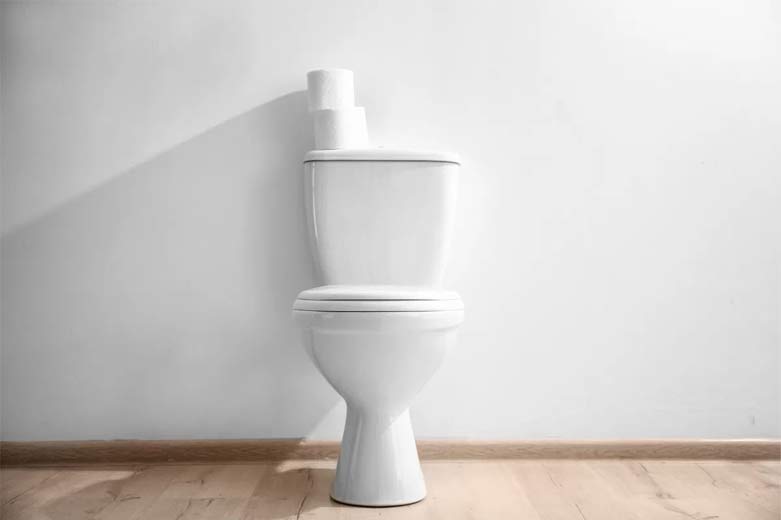Looking for a fast, free, and easy health assessment? You’re in luck! The color of your urine speaks volumes about your health. A pale to medium shade of yellow urine indicates a properly hydrated and well-functioning individual. But what if your urine is a different color? Here’s what it could mean:
Amber or Brown
If your urine is a dark yellow, amber, or even brown, it could mean that you’re dehydrated. Urine is a combination of water and waste particles produced by the kidneys. The waste particles contain a pigment called urochrome, which gives urine its characteristic yellow color. The higher the ratio of waste products to water, the darker the urine. This can be a sign of dehydration, which can be caused by insufficient fluids, excessive exercise, or heat exposure. Drinking more fluids can balance the ratio of water to waste and lighten your urine color.
Certain medical conditions can also cause dark urine. Dark urine could be a sign of a liver problem, a kidney disorder, or porphyria, a disorder of the red blood cells. If increasing your liquid intake does not lighten your urine color, contact your doctor.
Clear
Clear urine generally indicates overhydration. This might sound healthy, but too much water can dilute sodium in the body and lead to vomiting, fatigue, and muscle spasms. In extreme cases, your cells may begin to swell, a condition known as hyponatremia. To avoid the risk of developing hyponatremia, cut back on fluids until your urine regains a yellow pigmentation.
In rare cases, clear urine could also be a sign of diabetes insipidus, a disorder of the pituitary gland that causes the body to improperly process fluid. This leads to extreme thirst and excessive urination. If you still feel thirsty after drinking large quantities of fluids, contact your doctor about testing for diabetes insipidus.
Orange
Certain medications can cause urine to appear bright orange, including Azulifidine (an anti-inflammatory drug), Pyridium (an analgesic often used to treat urinary tract discomfort), laxatives, and chemotherapy drugs. If you are not taking any of these medications and you experience bright orange urine, contact your doctor.
Blue or Green
A common cause of blue or green urine is artificial food coloring. But blue or green urine may also be a symptom of a certain type of bacterial infection called pseudomonas aeruginosa. If you experience additional symptoms such as rash, swelling, or eye irritation, call your doctor.
Pink or Red
Pink or red urine can be caused by certain foods. Large quantities of beets, berries, or rhubarb can turn urine pink. But pink or red urine may also contain blood. A number of conditions can cause blood to enter urine, including urinary tract infections (UTIs), tumors (both cancerous and noncancerous), prostatitis (an enlargement of the prostate gland), and kidney or bladder stones. If you are experiencing any additional symptoms, including pain, increased urinary urgency, or urinary difficulty, contact your doctor.
Cloudy or Milky
If your urine appears to be cloudy or milky, there’s a good chance you have an infection. This could be caused by a urinary tract infection, kidney infection, sexually transmitted infection, prostatitis, kidney stones, or even the foods you eat. Because there are different possibilities, it’s important to have your urine checked by an expert if it appears cloudy or milky.
The color of your urine is a good indicator of your overall health. If your urine is a shade other than pale-to-medium yellow, contact your doctor about what it could mean for you.

